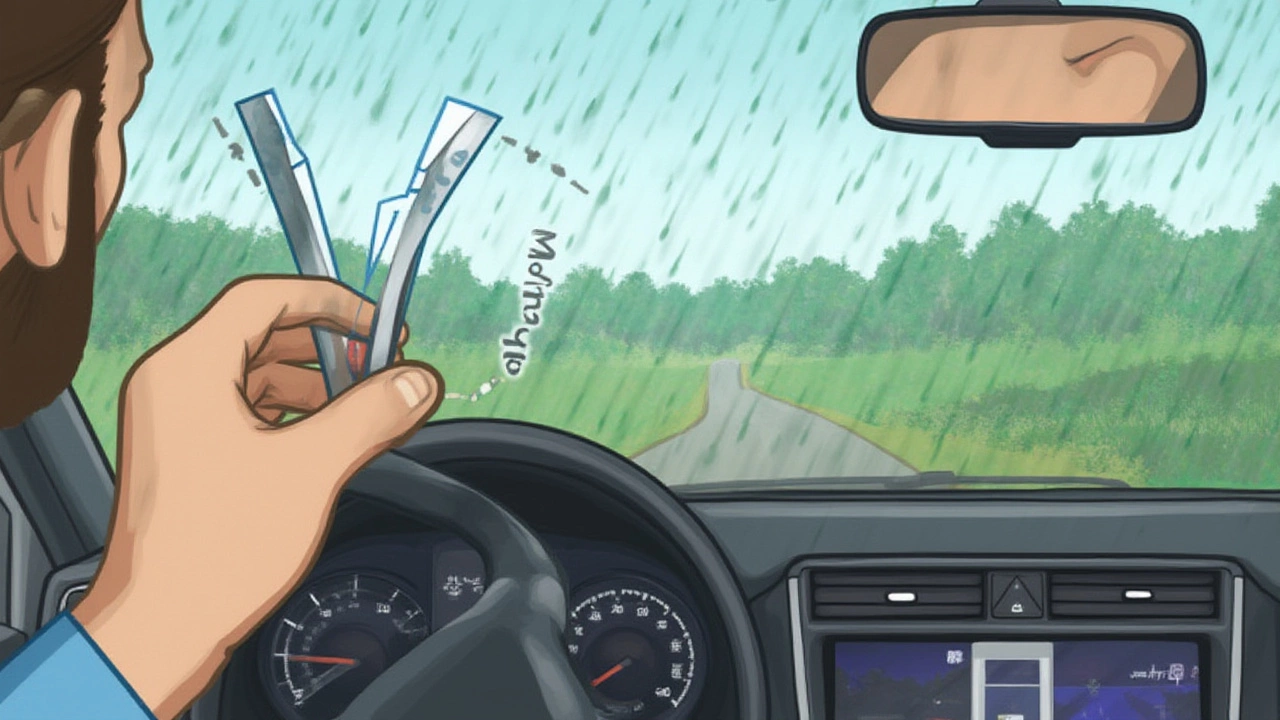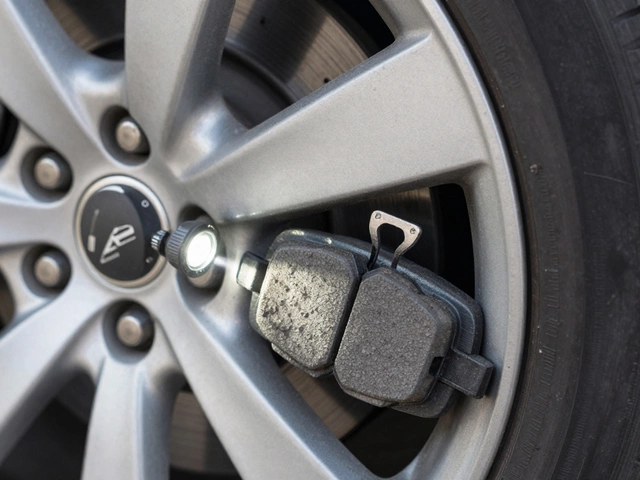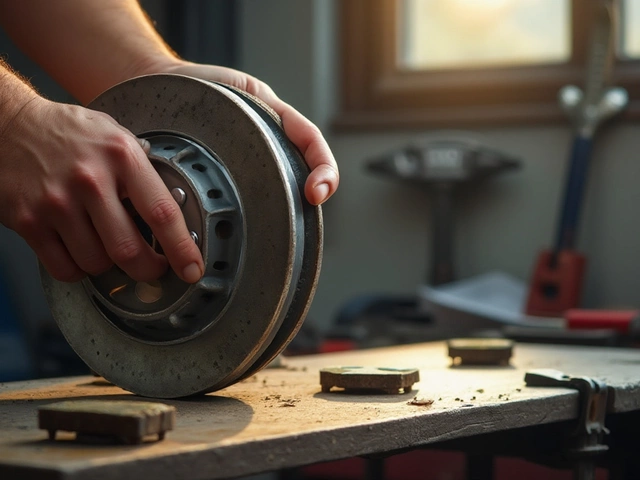Ever been caught in a sudden downpour, squinting through your rain-streaked windshield and realizing you never figured out all those little controls on your steering column? Windshield wipers might seem straightforward, but misuse or neglect can leave you with smeared vision and dangerously low visibility. Plus, have you ever noticed how one person’s wipers glide smoothly while another’s leave annoying streaks? There’s more to using them than tapping the 'on' button.
Understanding Windscreen Wiper Basics
Imagine this: You’re on your way to pick up your kid from soccer practice, clouds rolling in, when rain starts pounding. You reach for your wipers, but do you really know what each setting does? Modern cars actually come with a surprising variety of wiper controls. It’s not just on or off anymore. Most vehicles now have at least three speed settings, plus intermittent options. This means you can set your wipers to swipe every few seconds, which is awesome in light rain or that annoying drizzle that sits just below 'wipe-every-second' levels.
Your wipers work thanks to a little electric motor, a quirky set of linkages, and simple rubber blades. These blades are more sophisticated than you might expect—engineers design the rubber with precise edge angles for the best contact with your glass. This keeps water, dirt, bugs, and even bits of pollen from blocking your view. But here’s something not everyone knows: windshield glass isn’t perfectly flat; it’s very subtly curved. That means your wipers have to be the right length and shape for your car to work well. Using blades that are too long or stiff won’t follow the curve, leaving streaks or even scratching your windshield if the frame touches the glass.
If you’ve ever paid attention while fueling up or at a carwash, you might spot little bumpers on your wiper arms. That’s not just for show or keeping things quiet. Those help stop the metal from smacking your windshield, which can chip your glass or wear out the wipers fast. And did you know windshield wipers became standard in the early 1900s? Mary Anderson is the woman we can thank for inventing the first practical wiper mechanism in 1903, way before seat belts and airbags.
Cars sold in places with heavy snow or rain often come with extra-strong wiper motors and even built-in heaters. Some models will automatically activate the wipers if water hits the glass—those rain sensors are tiny but smart! If your car has this feature, it’s often adjustable in your settings menu or with a twist dial alongside your regular wiper controls.
How to Operate Your Wipers: Controls, Tricks, and Common Mistakes
Let’s talk about actual usage. Grab your keys and take a seat in your car. Most cars put the wiper control stalk either on the right or left of the steering wheel. There are usually arrows, raindrop icons, or numbers representing speed and frequency.
- Off position (down or neutral): Wipers stay put.
- Intermittent: Adjusts pauses between wipes—great for drizzles.
- Low speed: Steady, constant wipes for moderate rain.
- High speed: For heavy downpours or that moment when a truck blasts a tidal wave at you.
- Mist/tap: A single swipe, perfect for quickly clearing fog or stray drops.
- Washer fluid: Usually, pulling the stalk toward you sprays washer fluid and runs the wipers a few times. This is key after getting bug goo or bird gifts on your glass.
One tip I always give my son, Gideon, is to wait a half second after turning on the fluid before starting the wipers. This lets the washer soak in and makes gunk slide off more easily. If you hit the wiper first, you just smear dirt into a circle of sadness. Also, try not to run wipers on a dry windshield. The rubber can skip, squeak, and wear out super fast that way.
People sometimes get annoyed by chatter or streaking noises—that’s usually old or dirty blades, or a windshield that needs a wash. Trust me, a five-minute scrub at home with a microfiber towel can make an old wiper feel new again. If you notice uneven cleaning, check that nothing is stuck under the blades, like grit or small leaves.
Don’t forget about the rear window! So many parents forget, but if you drive a hatchback or SUV, you probably have a back wiper too. It usually has its own control, sometimes built into a push button on the wiper stalk or dashboard. Using it keeps your visibility sharp in rain and especially in snowy or dusty conditions.

Wiper Maintenance: Keep Your View Crystal Clear
This is the part most drivers ignore until it’s too late. You really don’t want to wait until you’re halfway home in a summer storm and realize your wipers just swipe water around in muddy blobs. Car wiper blades last anywhere from six months to a year, depending on your climate. Park outside? Expect less lifespan, since UV rays and heat crack the rubber. Live in a rainy climate, like the Pacific Northwest? Your blades clock serious miles and wear out even faster.
Here’s a breakdown of how weather affects wiper life:
| Climate | Average Wiper Lifespan |
|---|---|
| Tropical (humid, rainy) | 6-8 months |
| Desert (hot, dry) | 4-8 months |
| Temperate (mild, moderate rain) | 1 year |
| Cold / snowy | 8-10 months |
Ready for a super simple maintenance routine? Wipe the rubber blade gently with a wet paper towel every two weeks. You’ll see dark grey streaks of dirt lift away, keeping the edge sharp and soft. And always clean the windshield—road salt, oily film, and dead bugs make the wipers’ job much harder.
I swap out my blades every fall and start each winter with a fresh, windscreen wipers set. Some people even keep an extra set in the trunk or glove box—smart for long trips or unexpected storms. Always check that replacement blades are the right length and type for your make and model. Universal ones work but can sometimes miss that little edge at the far corners.
Many wipers are easy to change at home: lift the arm, click off the old blade, snap in the new one. YouTube is packed with step-by-step videos, which come in handy if the latch design isn’t obvious. Don’t yank too hard or let the arm snap back—without a blade attached, it can crack your windshield instantly.
Dealing with ice in winter? Don’t use your wipers to scrape a frozen window. Let your defrost run or use an ice scraper; wipers are too delicate and the rubber will tear. If you must de-ice a stuck blade, pour lukewarm water (not hot—it can shatter glass) and gently lift.
Tips for Safe and Smart Wiper Use
All the controls and fresh blades in the world mean nothing if you aren’t actually using your wipers when you need them. Here’s a weird but true fact: nearly half of drivers delay turning on wipers at the first sign of rain. Maybe they’re in a rush, or forget, or think they can wait it out. But clear vision is non-negotiable.
Remember to:
- Start your wipers with any amount of rain, sleet, or snow.
- If you see streaks, smears, or missed spots, pull over and clean both the windshield and the wiper blades.
- Replace blades right away if you hear loud squeaking or see torn rubber. Bad blades are worse than no blades sometimes, since they just smear everything.
- In the winter, always check for snow or ice before driving. Clear as much as possible so moving wipers aren’t fighting against heavy buildup.
- If you use washer fluid a lot, keep an extra bottle in your trunk. Running dry in bug season feels like driving blind.
- Drive lights on? Some cars link rain-sensing wipers with headlights, but not all. Make sure your headlights are on so others can actually see you—rain can reduce visibility on both sides.
- If entering a car wash, turn off automatic wipers—they can get bent or even snap the arms with the strong rotating brushes.
And get this—there’s a direct link between worn-out wipers and accident risk in rainy weather. Insurance companies have run numbers that show a spike in minor crashes during heavy rain, with poor visibility as a top cause. A few bucks and a few minutes every season might literally save your life.
For anyone teaching a new driver (looking at you, parents), make sure to demo wiper basics as part of their first driving lesson. Show them each speed, explain why you wait for washer fluid, and drill home that clear glass is safer than guessing at the lines ahead. The next time you’re riding shotgun with your teen, put your feet up and see if they remember everything—nothing like real-world rain for a pop quiz.
Anyone can hit the button. Mastering windscreen wipers means you handle whatever the weather throws your way. It’s the kind of small skill that makes you feel ready for anything, whether a sudden storm, bug apocalypse, or an icy morning in December. Trust me—your future self will thank you for learning it properly.






